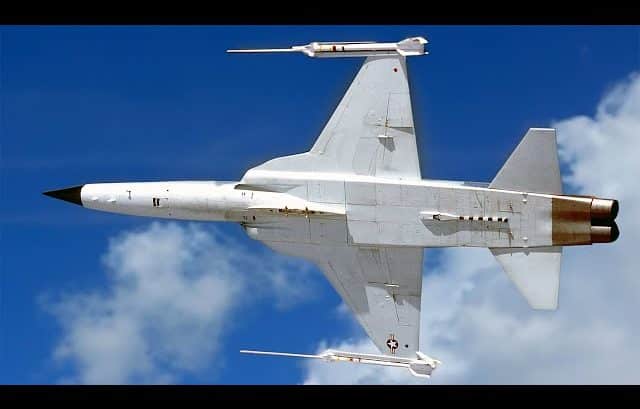The Northrop Grumman’s F-5 tactical fighter is one of the most enduring military aircraft designs for over 50 years because of the company’s initial objective in designing a cost-effective plane that’s easy to operate and maintain.
The F-5 earned the reputation for being a highly maneuverable and supersonic fighter that can do both air-to-air and air-to-ground roles. Its combat test was so successful that it instantly gained massive international attention, selling to more than 20 countries.
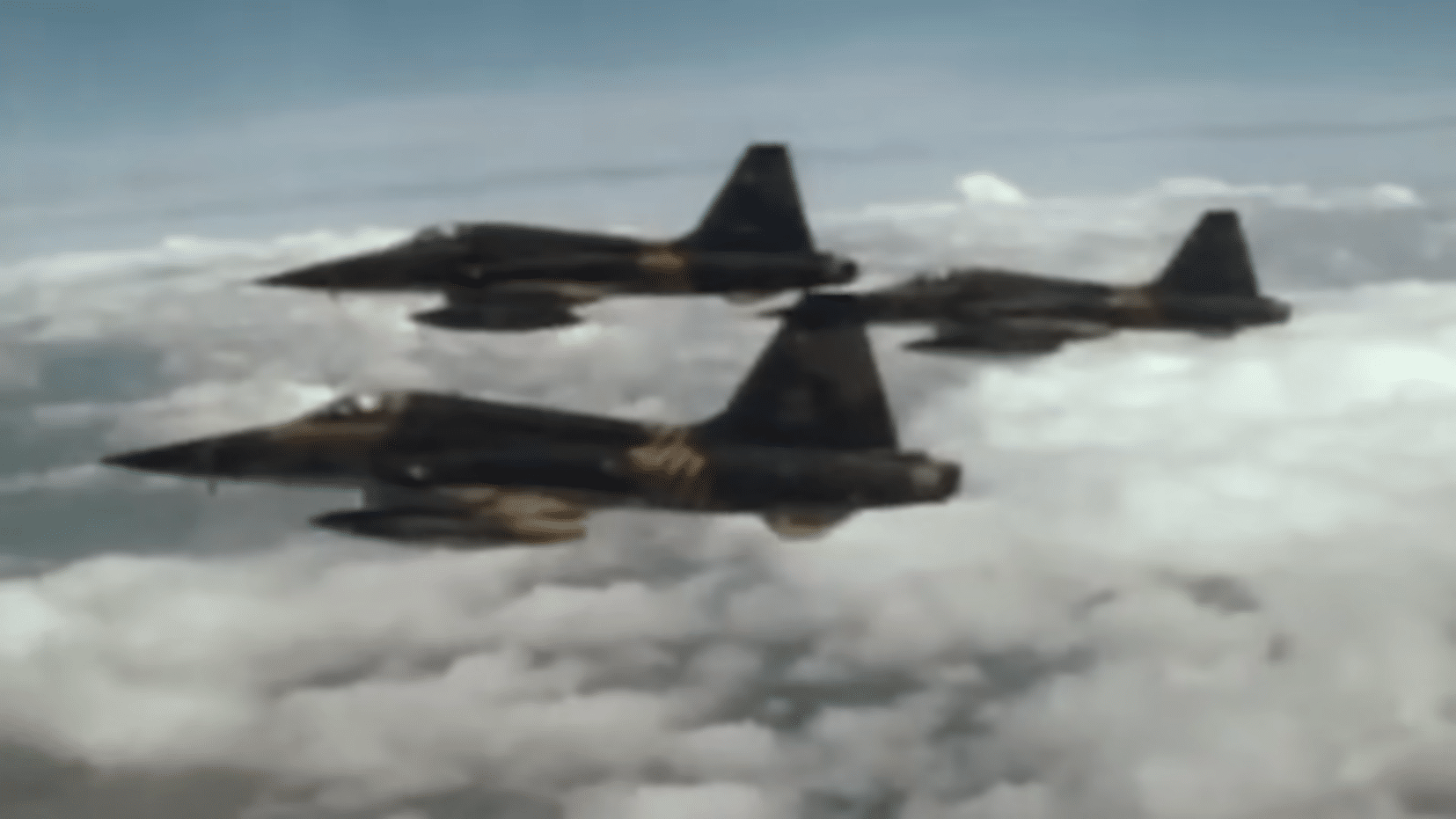
Freedom Fighter
The N-156F was labeled F-5 by the US Air Force and entered service in 1963. The plane was nicknamed the Freedom Fighter as part of the export objective behind it.
Specifications
The plane was powered by the GE J85 turbojet engine that gave it over 2,720 pounds of thrust and let the aircraft reach speeds of Mach 1.4.
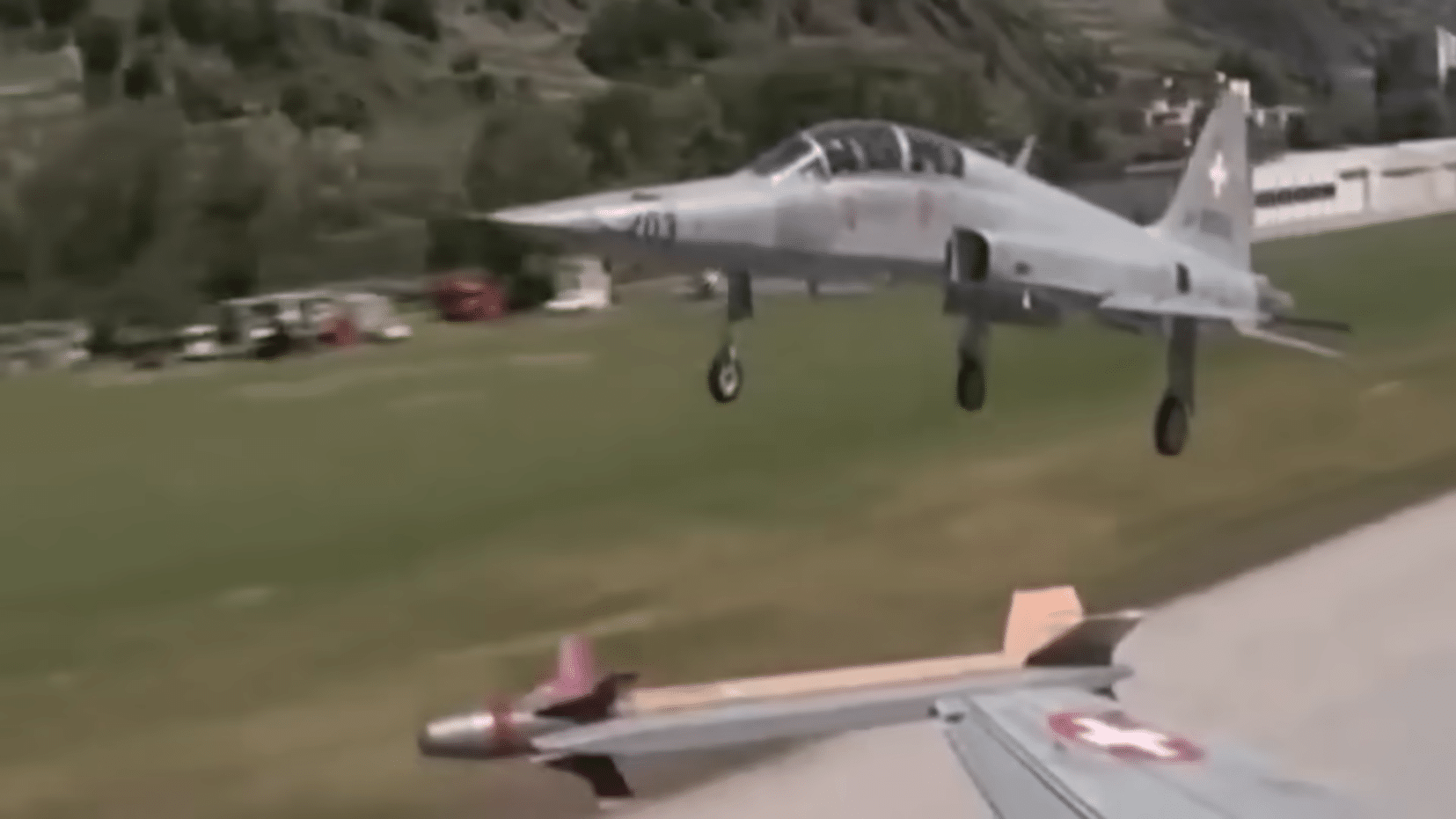
The F-5’s armament was two M39 cannons on the nose and up to 6,200 pounds of ordnance. Two AIM-9 Sidewinder missiles were fitted below the wingtips while four underwings and one under-fuselage hardpoint could carry bombs, missiles, and external fuel stores.
The Skoshi Tigers
The Vietnam War combat was dubbed Project Skoshi Tiger or Little Tiger in Japanese. Twelve airframes were integrated into the 3rd Tactical Fighter Squadron and operated from Da Nang Air Base over Laos, Cambodia, and Bien Hoa, supporting Allied ground forces in South Vietnam. More Freedom Tigers would join the fray weeks later.
Flying Over Vietnam
For six months, Little Tigers flew more than 2,600 sorties doing CAS or close air support missions, decimating enemy forces and keeping American and South Vietnamese units from being overwhelmed by the Viet Cong.
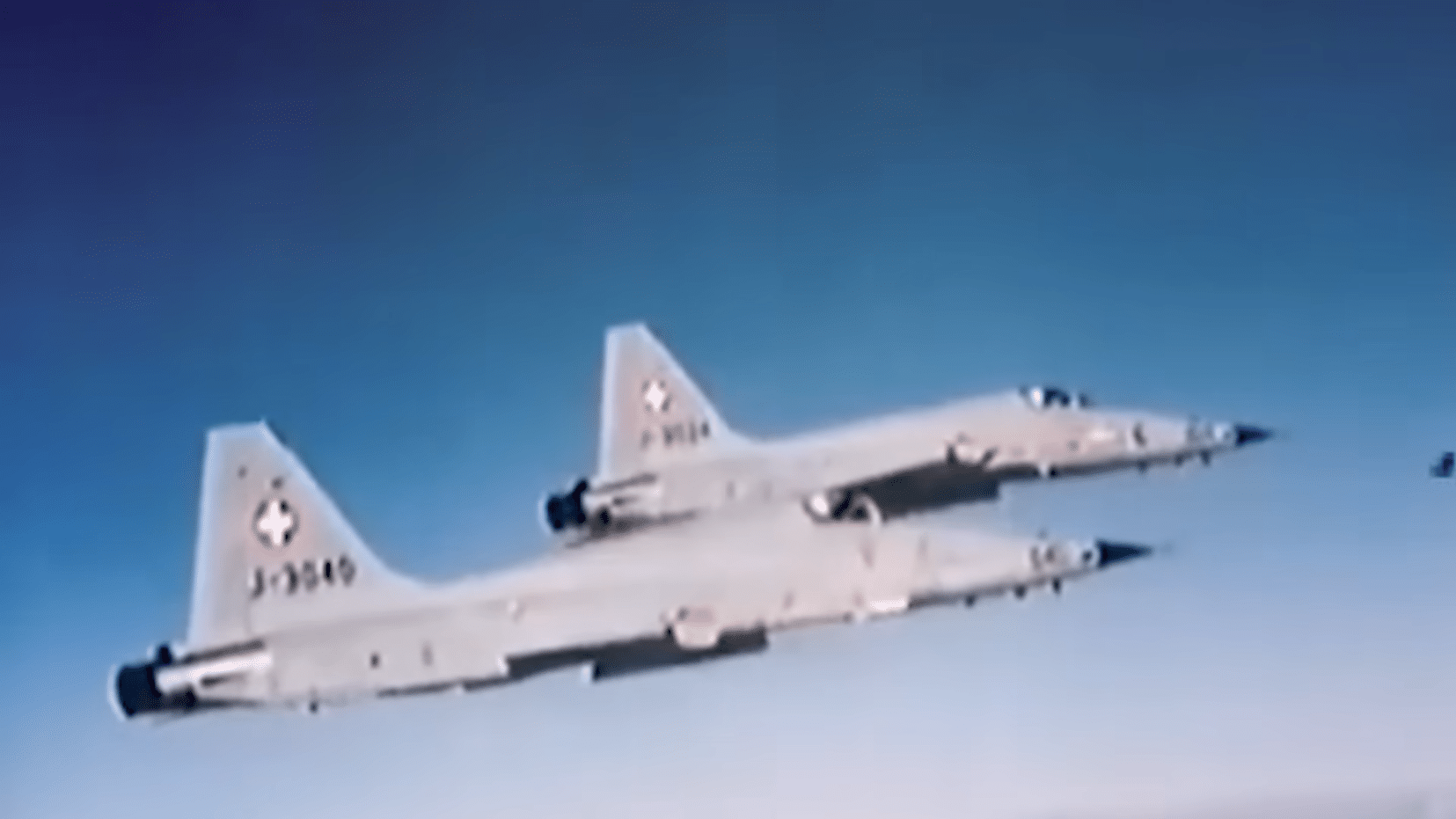
Overall, the sorties with the 3rd Tactical Fighter Squadron were successful, proving the F-5’s air-to-air and air-to-ground capabilities of the F-5.
Soviet F-5s
When the Republic of Vietnam fell in 1975, some American F-5Cs that were not destroyed were recommissioned with North Vietnam’s Communist Air Force.
Others were shipped to the Soviet Union for inspection as a token of appreciation for the USSR’s support of North Vietnam. The data collected from these F-5s were later used to enhance the performance of future aircraft like the SU-25 and the SU-27.
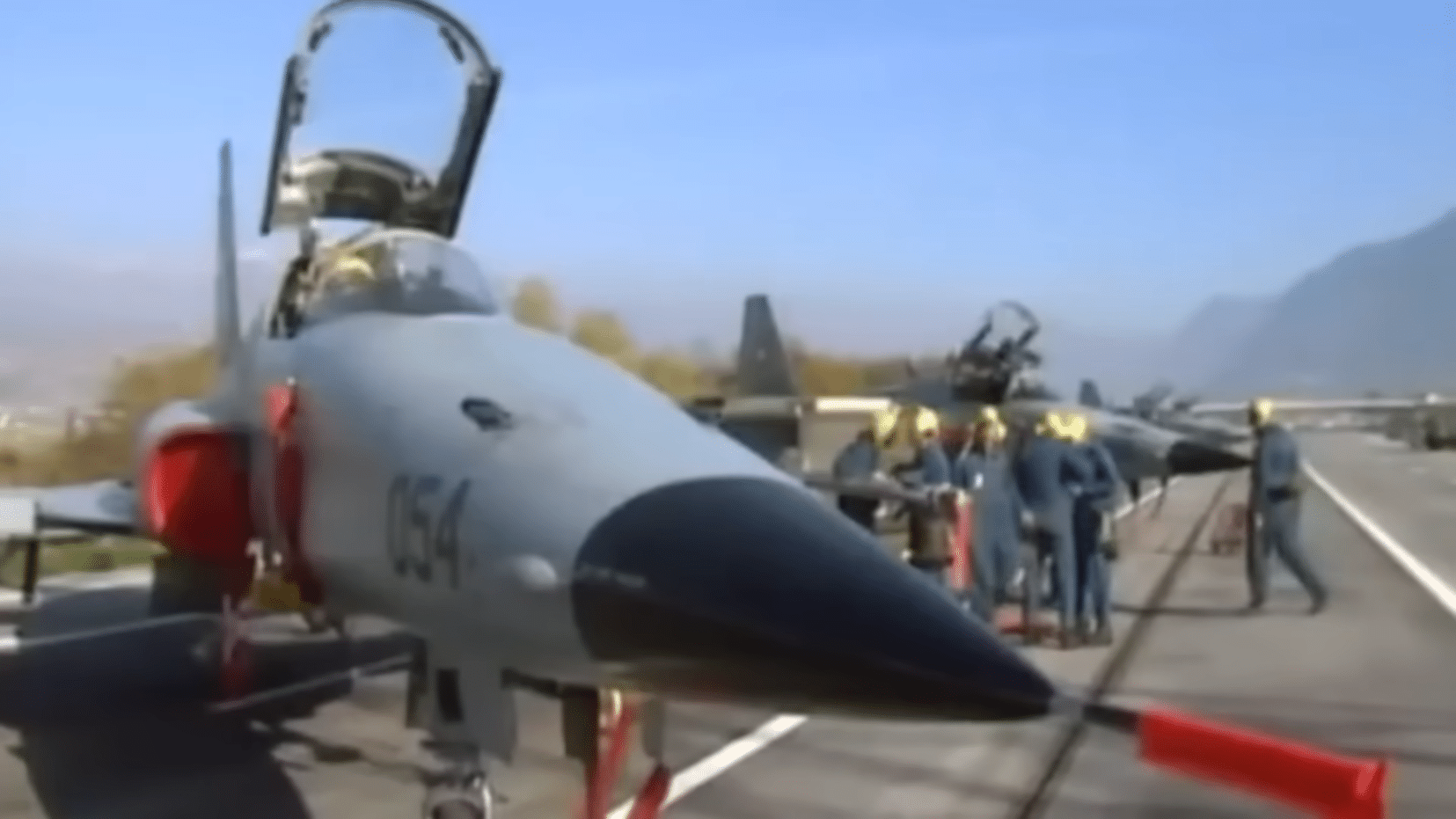
The Tiger’s Legacy
Production of the F-5 ceased in 1987, with over 2,700 planes built and sold worldwide. The Tiger II remained in the US until 1990. Today, more than 20 countries still operate the F-5 Tiger II.


